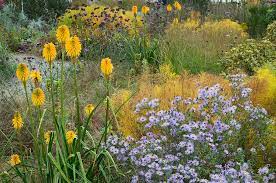
Prairie planting
Prairie planting is often short hand for a more naturalistic style of planting that started to be made popular in Germany in the 1970’s and 1980’s and by great exponents like Piet Oudolf and Nigel Dunnett among others. It tends to concentrate on using grasses and mostly but not always late flowering perennials. Hence the ‘prairie ‘ part of the name, using a lot of North American and Mexican native plants. Using a reduced pallet of plants that thrive on the same soil and climatic conditions and maintenance requirements. The plants are planted in bold groups and sweeps, with the odd accent plant (Piet Oudolf and the early German style) and Nigel Dunnett has taken the principles of the same habitat requirements and planted in a more naturalistic way, where the varieties are ‘scatter’ through the planting either totally mixed or the odd one or two together or a few in larger groups, to give a look that broadly represents planting in nature. So here are a few plants to consider, that work well in Prairie planting.
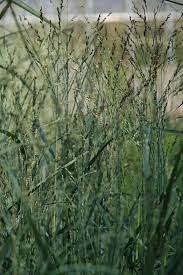
Panicum virgatum ‘Heavymetal’
Panicum virgatum ‘Heavy Metal’: This is a top favourite of mine, possible because of the name? Stiff metallic grey leaves in good upright clumps up to 90cm tall. Powder blue flowers turn soft yellow in the autumn, up to 1.20m in height. Prefers a richer moisture retentive soil.
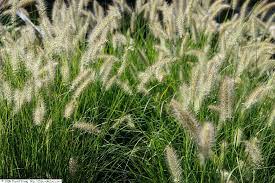
Pennisetum aloepearoides
Pennisetum alopecuroides: clumps of mid green arching leaves up to 75cm.With soft feathery brown spikes of flowers produced August to October that turn yellow in winter. Flowers best in full sun. Will cope with dryer soils.
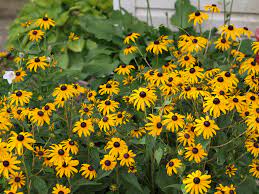
Rudbeckia fulgida var. sulivantii ‘Goldstrum’
Rubeckia fulgida sulllivantii ‘Goldstrum’: The late flowering perennials never fails to gladden the heart, it produced massive of buttercup golden daisy like flowers with a distinctive black centre from August, right up to the first frost. Above mid green clumps of leaves. Reaching heights of 70cm. It likes a good moisture retentive soil in full sun.
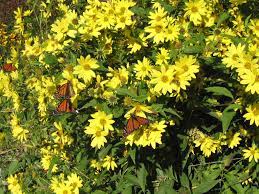
Helianthus Lemon Queen
Helianthus ‘Lemon Queen’: Sunflowers, what a joy in late summer and this is a beautiful soft lemon one, that flowers freely from July to September, up to 150m tall, planted in a clumps, so they have maximum impacted. And plant in full sun.
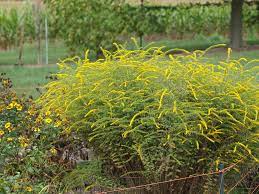
Solidago rugosa ‘Fireworks’
Solidago rugosa ‘Fireworks’: this is a twist on common ‘golden rod’ and no ware near as invasive. It produced dense clumps from 1 to 1.5m, with graceful long racemes of golden flowers from late summer well into autumn, it likes a good moist soil, neutral to acid.
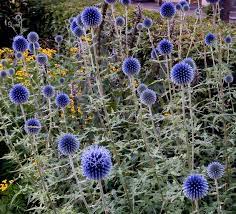
Echinops bannaticus ‘Globe Blue’
Echinops bannaticus ‘Blue Globe’: clump forming with large, serrated dark green leaves with white undersides, spiral up the tall 80cm-1m stems. Round thistle like blue flowers, much loved by insects from July to September. Will grow on most soils. Full sun.

Vivid Prairie Planting
Tips: First decide what soil type you have and how, fertile it is and how moisture retentive it is. A lot of the classic prairie type plants, surprisingly like quite a lot of moister, I have seen Helianthus growing in drainage ditches in Kansas. It is important to choose plants that are going to grow well on your site and grow well together. It is important to decide which are going to be the thugs, and rampant self seeders, to reduce their number and possible slightly contain them so they will not over whelmed the scheme. Remember the thing about naturalist/prairie planting, once it is established it is meant to look after it’s self to give it that natural look, so your choice of plants needs to grow well together. Watering well and weeding well in the first couple of growing seasons will be needed for the prairie scheme to establish. The joy of the planting is that although it is very heavy on perennials although there is no reason why some sub-shrubs and even shrubs can not be used, the planting is left to stand for the winter, giving invaluable resource to wildlife, but also the grasses looking great in winter winds and the seed heads wonderful in the frost and snow.
Then end of February or early March here in the south east of England, cut all old flowering stems down and most grass varieties to the ground, spread a good thick layer of organic mulch to help keep the moisture in and feed the planting and most importantly to help suppress the weeds.
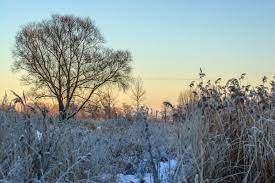
Prairie planting in the winter
I hope I have inspired you to consider creating a Prairie garden or at least planting up an existing boarder in a more naturalist style. If you would like help creating your Prairie garden, do give me, Emily a ring 01273 470753, I would be delighted to discuss your planting project with you.
